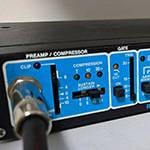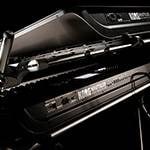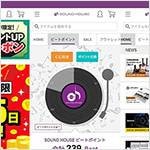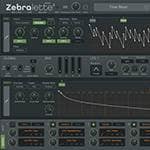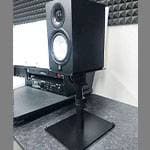Up until now, we’ve talked about the Stratocaster in two parts, but let’s take a short break. The continuation of “The Birth of the Stratocaster in 1954 - Part 3” will be coming soon, so stay tuned!
This time, I would like to talk about the unsung heroes of electric guitar gear—namely, the items I usually bring to gigs.
These days, it’s common to see features on guitarists’ pedalboards, and we even live in a time when books full of pedalboard photos are available at bookstores. On the flip side, here’s the ultimate question:
“If you could only bring one pedal to a session, what would it be?”
But when it comes to what we bring along with our gear—things that aren’t directly related to playing—these items are rarely covered in music magazines or online.
Still, we shouldn’t forget that sometimes, the accessories in the bag we carry with our instrument include things that are, in a way, even more important than the guitar itself.
While I was cleaning my room the other day, I came across a bundle of old magazines tucked away in the closet. As I casually flipped through some vintage rock magazines, I found a photo spread that showed what each of the four original members of the band LOUDNESS carried in their bags. This piqued my interest.
Seeing that article made me curious about what I carry in my own bag when I head out to a live show. Of course, I say this with the utmost humility. I'm not putting myself on the same level as LOUDNESS. Please go easy on me.
So, here's a look at what I usually take with me to gigs. Items marked with a ☆ are also available at Sound House.
First, the thing everyone probably wants to know is the total weight.
Guitar body: about 3,500 grams
Guitar case: about 4,000 grams
Accessories: about 3,300 grams
Total: roughly 11 kilograms
Sometimes I also pack a laptop into the accessory compartment of the guitar case, but as a general rule, I only keep the guitar in the main section of the case.
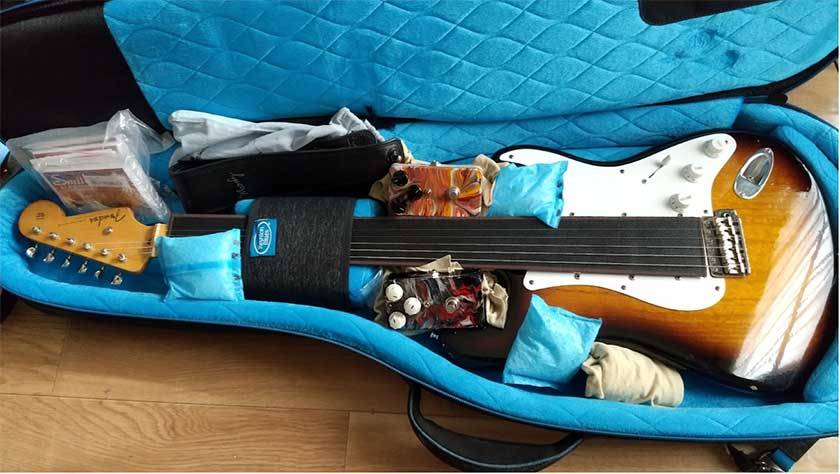
Inside the Case: Essentials for Playing the Stratocaster
I walk through the city with an 8 kg guitar case strapped to my back and a bag in one hand. To put it simply, when I also carry my laptop, it's like lugging around a 10 kg sack of rice. People who don’t play guitar often say, “Wow, that guitar case looks heavy!” But, every item I bring is essential. When I go to eat lunch at a small restaurant with limited counter space, I usually just keep the guitar on my back while eating. In places like these, most people eat quickly and leave, so it’s not much of an issue.
Because of this, guitar cases are designed to distribute weight evenly, so they don’t feel as heavy as they are.
While riding the city bus, my guitar case might bump into overhead fixtures on the way to the back seat, but carrying a gig bag around town doesn’t cause much stress.
Now, let me show you what kind of items I actually bring with me.
Part 1: Everyday essentials packed in the business bag
[Long wallet] I only carry necessary cards in the event I lose it. I usually keep my insurance card and driver's license separate, and I avoid keeping a large amount of cash in this wallet. [Coin pouch]Made by Yoshida & Co. Designed to prevent coins from spilling even when in a hurry. Expensive, but highly effective. [Umbrella (Knirps)] A renowned German brand that’s often synonymous with folding umbrellas. Provides protection from both rain and UV rays. [Guitar rain cover] Inexpensive and keeps the guitar safe. [Handkerchief, alcohol sanitizer] Added sanitizer last year last year. [Hand cream, lip balm] I also bring gloves during winter. [Contact lenses (2-day supply)] Used during performances. [Thermometer] Still necessary to stay cautious... [Absolutely irreplaceable prescription glasses]Just as important as the guitar! [Ray-Ban] [Ballpoint pen, memo pad] For meetings on site. And finally, [this smartphone and 5 masks]
Part 2: Guitar accessories—Instrument-related items kept in the business bag
The bag is the same as in part ①. [☆ indicates items available from Sound House.]
☆[Fast Fret] The can itself is a vintage piece that’s over 30 years old. ↓
GHS / FAST-FRET Fingerboard Lubricant
☆[Clip-on PolyTune] To protect the device, it's wrapped in disposable plastic gloves and stored in the used Fast Fret can. Since the battery can die unexpectedly, spare button batteries are kept at the bottom of the can. ↓
TC ELECTRONIC / PolyTune Clip Clip-on Tuner
☆[9V Battery Power Cable – Cliff ×3] The distortion pedals I use have back covers secured with screws. If I had to unscrew them every time I changed the batteries, the screw holes might become loose.
MONTREUX / Battery Plug 9V - Cliff - [2999]
☆[VOX Headphone Amp – Marshall Type] Made in Japan.
Despite its cheaper price, the sound quality is quite good. I use it backstage and sync it with an audio source using a simple audio cable that costs around ¥1,000. Very handy.↓
VOX / Amplug2 Classic Rock – Headphone Guitar Amp
[Earphones] Around ¥500. When practicing at home, I normally use ☆SONY MDR-7506.
SONY / MDR-7506 – Classic Studio Monitor Headphones
☆[Belden Patch Cables ×3] Model unknown.↓
☆[Alkaline AA Batteries ×2]↓
CLASSIC PRO / CPB3 – Alkaline AA Batteries (10-pack)
☆[Alkaline AAA Batteries ×2] For battery-powered VOX headphone amp.↓
CLASSIC PRO / Alkaline Batteries AAA (10-pack) CPB4
☆[9V Batteries ×3] For distortion effect pedals. Some models consume more power than expected, so I always keep one brand-new spare. Alkaline batteries typically last several live shows.↓
CLASSIC PRO / Alkaline Battery 006P 9V Rectangular CP9V ALK
[Fret Guard] Repair shops sometimes dislike it because removing it can be troublesome. Used to protect frets and reduce fret wear to some extent.
[Light] Used to bring a Maglite for dark live venues, but now I substitute it with a smartphone flashlight. Of course, if possible, having a dedicated flashlight is better.
[Capo] Not used for playing, but to check the neck curvature. Attach the capo on the 1st fret, then press down on the last fret—21st fret for a Stratocaster—with your right hand (for right-handed players), and use your left hand to snap around the 9th fret to check the sound. If you hear a slight sound, it’s normal or indicates a “forward bent”. If no sound is heard, it may be a “backward bend”. The area around the frets is quite complex, so I would like to discuss maintenance in more detail in a future article.
Part 3: Utilizing the space inside the guitar case
[Picks] Recently, I mainly use the V-Pick Traditional type. I also carry nylon picks and genuine tortoiseshell picks together. When I go out, I keep them in my jeans’ coin pocket.
[Distortion pedals ×2] Only two pedals: overdrive and distortion, used separately by genre. I previously used the MAD PROFESSOR reverb live, but unfortunately the venue (hako) didn’t resonate well. ↓
MAD PROFESSOR / Silver Spring Reverb Factory
Depending on my playing style, I sometimes add ☆CRY BABY mini wah pedal or a clean booster, but only up to three pedals in total. More than that tends to cause trouble for me. ↓
JIM DUNLOP / CBM95 Crybaby Mini Wah Pedal
[Chamois leather] I use it to dry wipe my instrument, clean my glasses, and wipe my smartphone screen. It’s expensive, but once you use it, you can’t go back to synthetic cloths. ↓
☆[Humidity control packs ×3] There have been many disasters this year with big temperature and humidity changes, but thanks to these, the neck stays stable. Manufactured by PICKBOY. I replace them every six months.↓
☆[Strings]— 5 sets.
I’ve been using ☆Ken Smith 09-42 strings starting this year. I heard they combine the bright tone like Ernie Ball with the elegance of Richard Cocco, so I tried them and they’re superb! ↓
→ ERNIE BALL / Electric Guitar Strings lineup
→ R COCCO / Electric Guitar Strings lineup
For me, the Realize 2025 Gear Hit of the Year award goes to:
☆[Moody Strap] The width is about the same as the classic Ernie Ball strap. Loved by many players both in Japan and abroad. The gold logo makes a subtle statement that stands out even from afar. Compared to nylon, it doesn’t slip. I clean it once a year with leather oil and cherish it.
→ MOODY STRAPS / Leather Strap lineup
Part 4: Things I carry in a separate bag for whatever reason
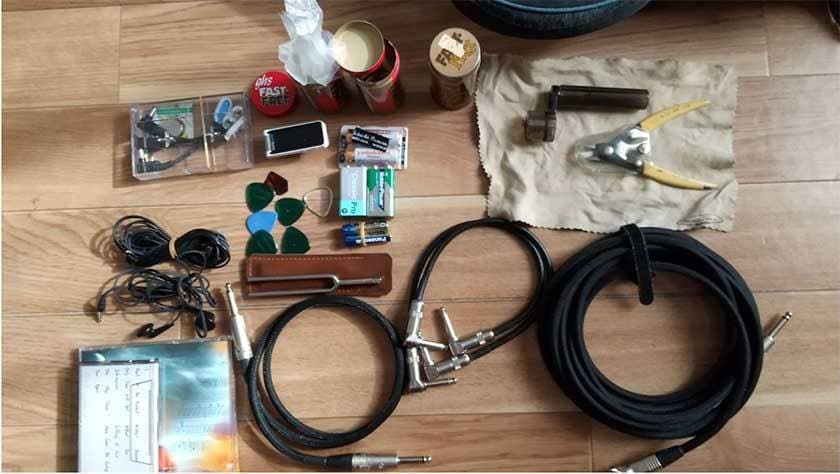
Live essentials
[Cables] One 5m and one 3m original repair shop cables, and ☆two patch cables made by Belden model 9394.
For live shows, I use cables of a quality you can find in general music stores. Because more durable cables are required in live houses, I don’t use high-end cables there. Those are mainly for studio or home use. I love the repair shop’s original special cables. Since they have no advertising budget, their price is reasonable for the performance. The slightly thick cable diameter helps produce a dense sound even at low volume in small rooms. Of course, they should work well even in loud live shows. ↓
⑤[Jeans pocket] A West German-made tuning fork used when the Polytune unexpectedly runs out of battery. It’s the oldest item I carry among my gear.
By the way, I’m only interested in Stratocasters, but I don’t really use the tremolo arm. I actually want to, though... I understand the feelings of guitarists who use Floyd Rose-equipped guitars live.
☆ Fender Custom Shop Jeff Beck Model — superb in balancing sound quality with the convenience of tremolo playing!
→ Tremolo Units / Locking Floyd Rose List
Important bonus:
[String changing tools] ☆ Nippers used for cutting strings for several decades with no loss of sharpness. ☆ String winder — recommended by a veteran repairman, an All Parts Japan winder. Both cost around ¥1,000 each.
→ Maintenance Goods / Nippers List
→ Guitar / String Winder List
The column "sound&person" is made possible by contributions from everyone.
For more details about submissions, please see here.






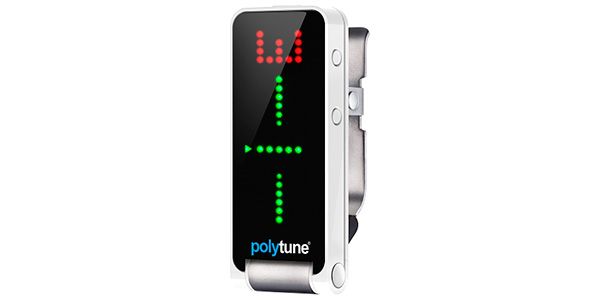
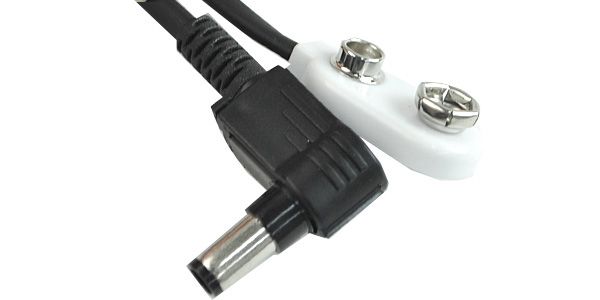
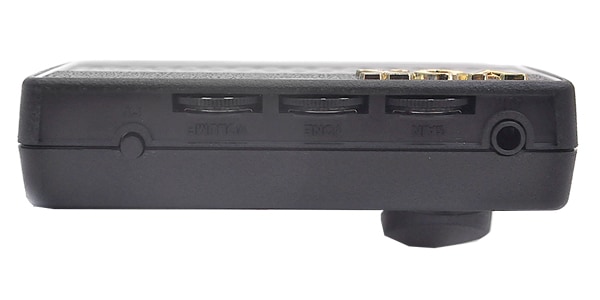
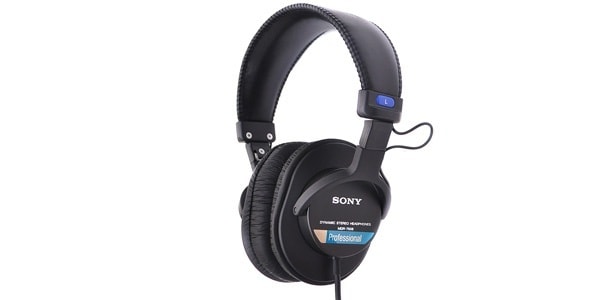
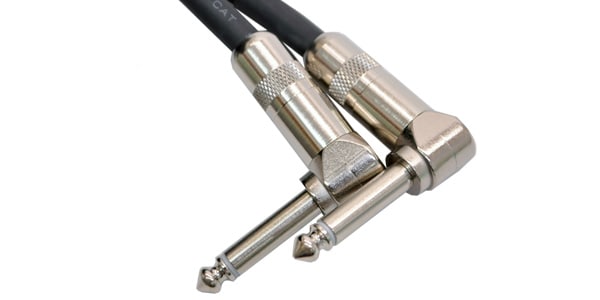
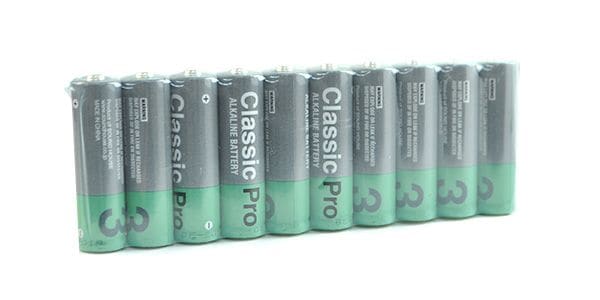
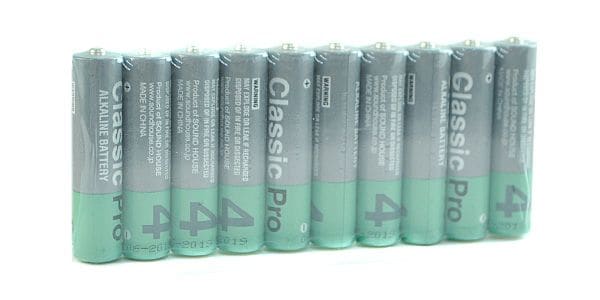


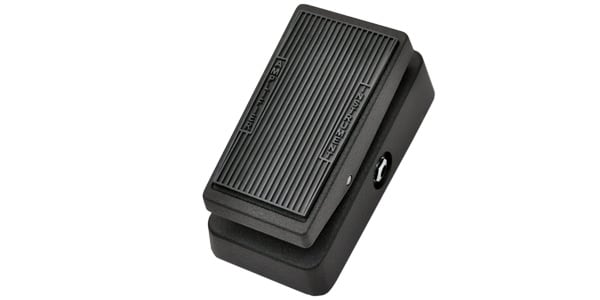
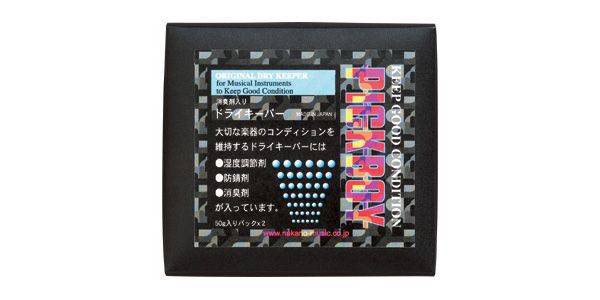
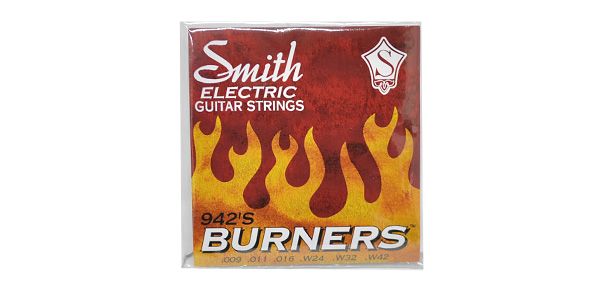

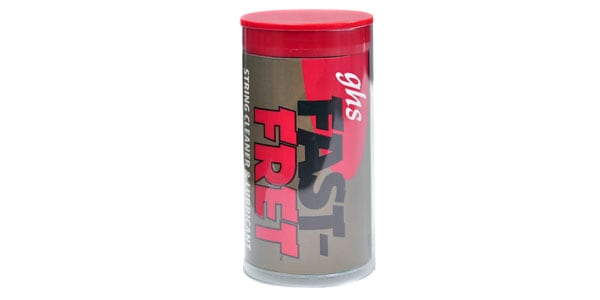
![MONTREUX / Battery Plug 9V - Cliff - [2999]](/images/shop/prod_img/m/mont_2999e.jpg)


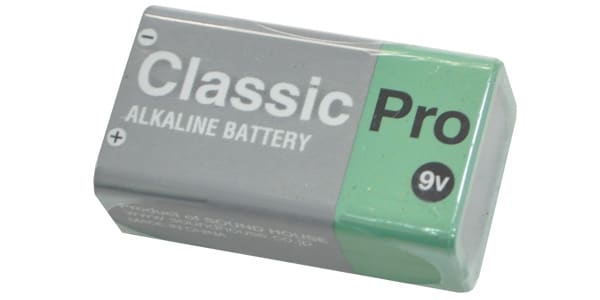
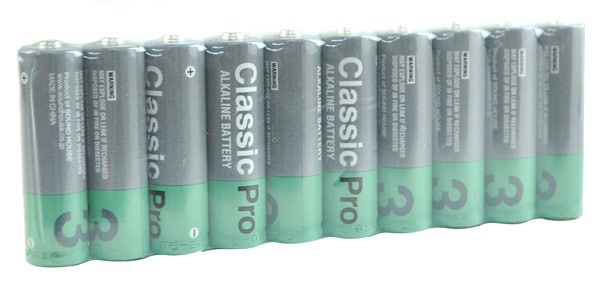
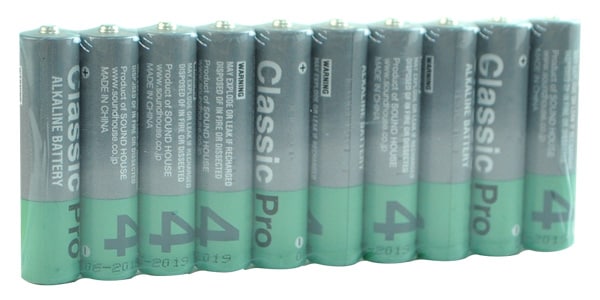


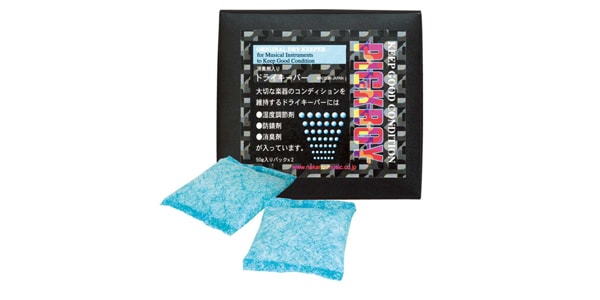


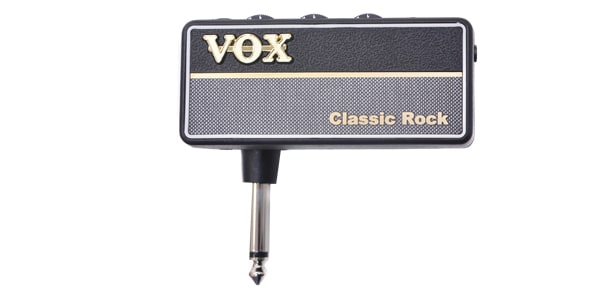
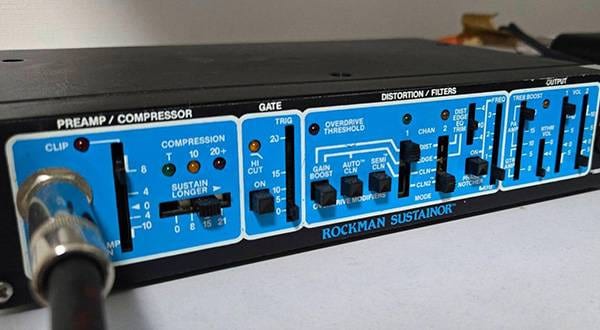
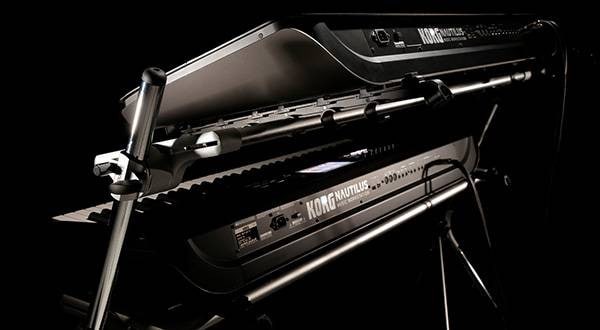
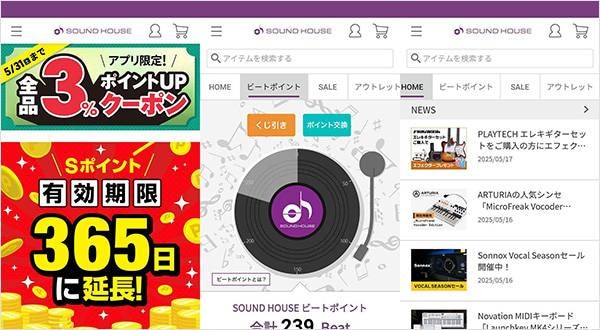
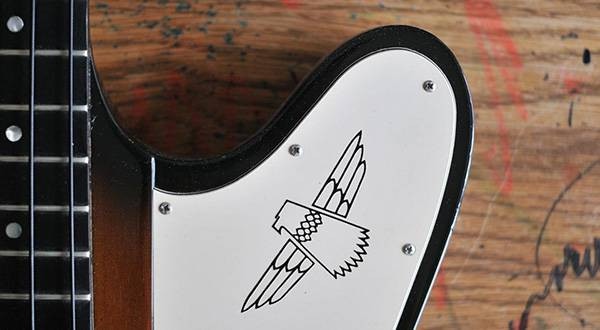
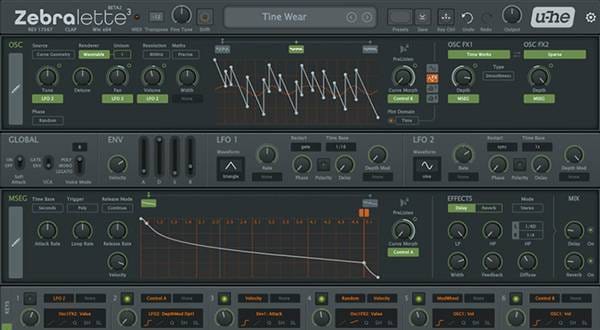
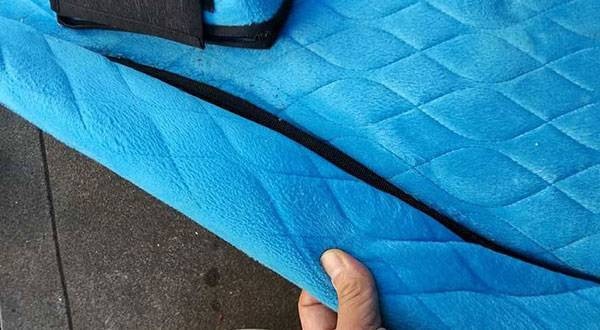
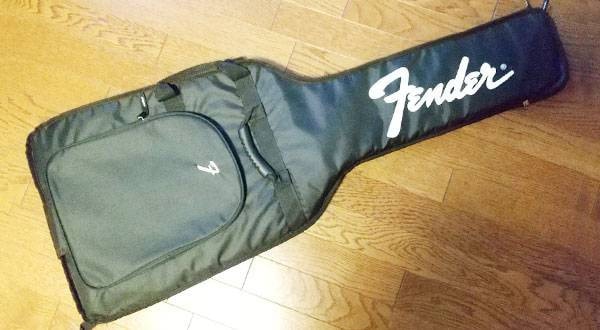
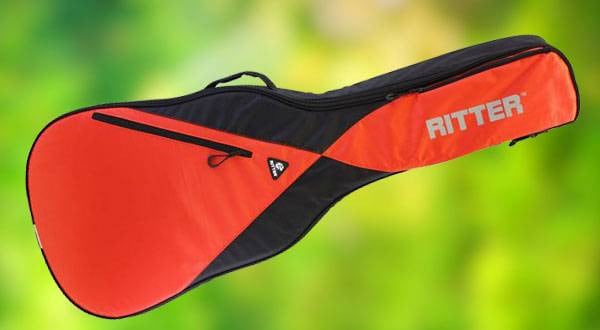
![How to carry a guitar case in a way that does not hurt your shoulders or lower back [Things guitarists should know about their body]](/contents/uploads/thumbs/5/2020/8/20200819_5_10938_1.jpg)
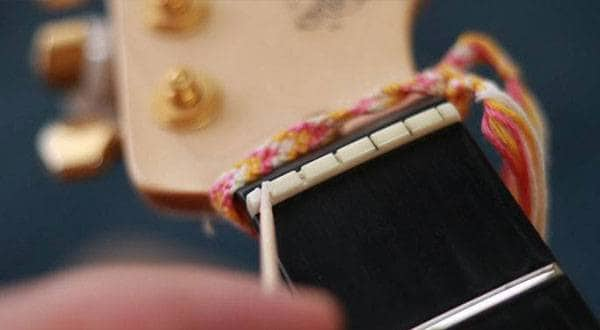
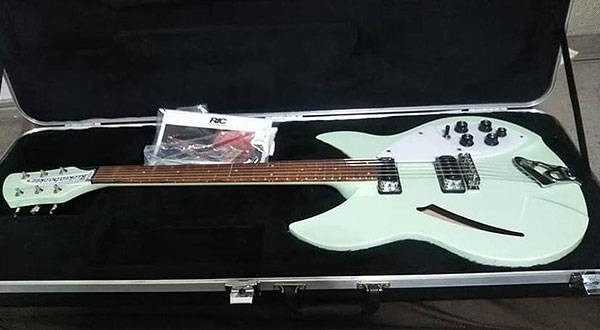
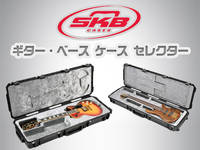 SKB ギター・ベースケースセレクター
SKB ギター・ベースケースセレクター
 DIY ギターメンテナンス
DIY ギターメンテナンス
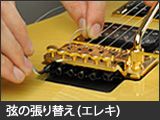 弦の張り替え(エレキギター)
弦の張り替え(エレキギター)
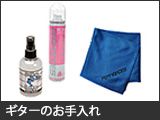 ギターのお手入れ
ギターのお手入れ
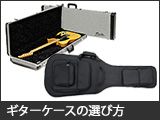 ギターケースの選び方
ギターケースの選び方
 ケーブル購入ガイド
ケーブル購入ガイド
